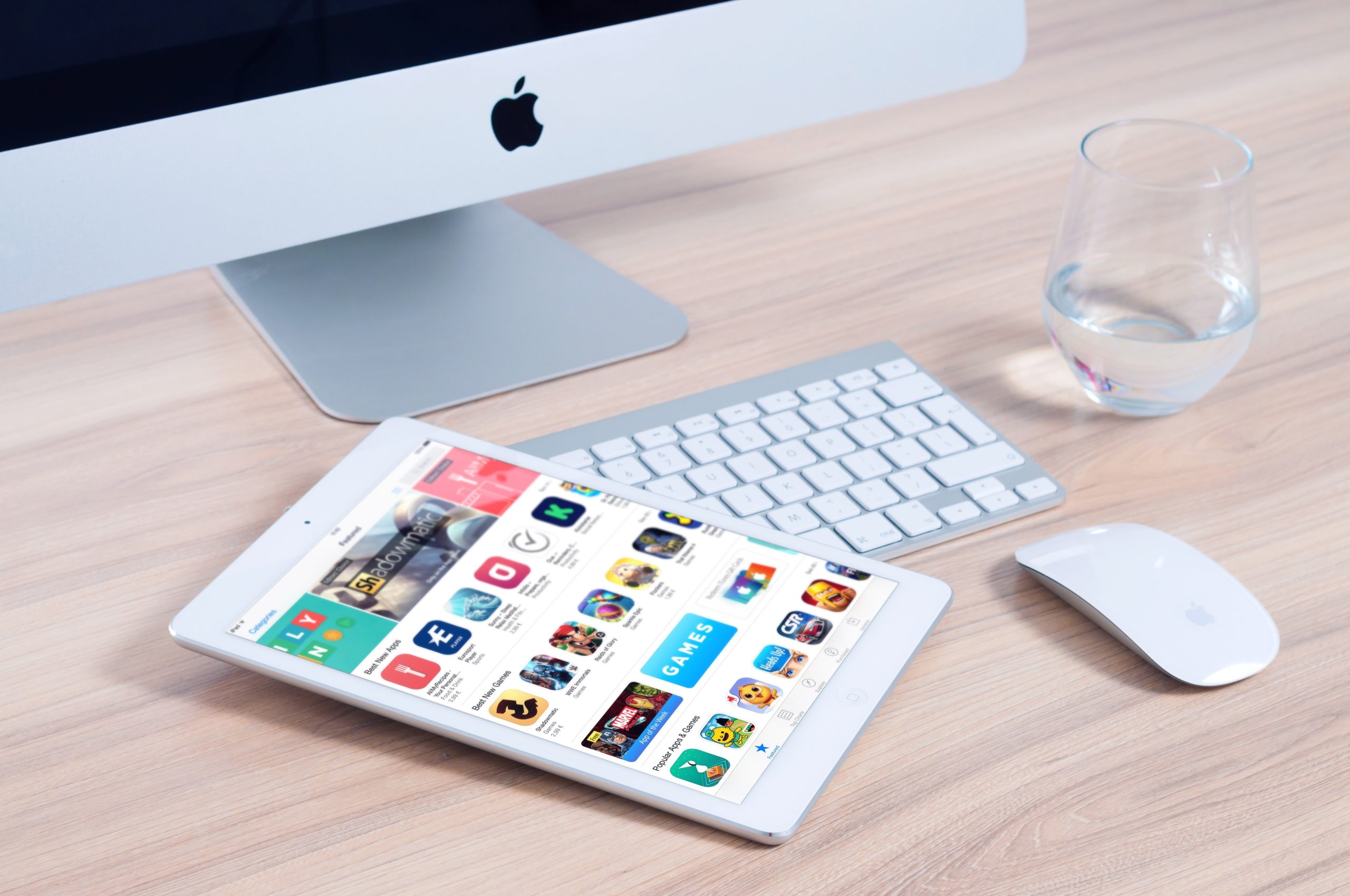Designing An App
Designing an app is a multi-stage process that requires a deep understanding of user needs, business goals, and the technical requirements of the platform. With the proliferation of mobile devices, apps have become a critical part of people’s daily lives. Whether it’s for social networking, productivity, or entertainment, a well-designed app can provide users with an intuitive and engaging experience.
The design process of an app can be broken down into four stages: research, wireframing, prototyping, and testing. In this article, we will explore each stage in detail to provide a comprehensive overview of how to design an app.
Research
The first stage of designing an app is research. In this stage, the designer should gather information about the user, the problem the app will solve, and the competition. Understanding the user is critical as it informs the app’s functionality and design. The designer should consider the demographics, behaviors, and needs of the user. The problem the app will solve should also be well understood to ensure the app addresses a specific need that is not already met by existing apps. Finally, researching the competition will provide insights into what is already available and how to differentiate the app from the competition.
Wireframing
Once research is complete, the designer can move on to the wireframing stage. In this stage, the designer creates a visual blueprint of the app’s interface. Wireframing allows the designer to map out the user’s journey through the app, identify key features and functionality, and ensure the app’s information architecture is clear and intuitive. Wireframes should be simple and easy to read, focusing on the app’s functionality and structure rather than visual design.
Prototyping
After the wireframes are complete, the designer can move on to prototyping. In this stage, the designer creates a functioning model of the app. Prototyping allows the designer to test the app’s functionality, gather feedback, and identify any usability issues. There are a variety of prototyping tools available, such as InVision or Figma, that allow designers to create interactive prototypes without any coding skills.
Testing
The final stage of designing an app is testing. In this stage, the designer can gather feedback from users and make any necessary changes to the app’s design and functionality. Testing can be done in a variety of ways, such as user surveys, usability testing, and A/B testing. User feedback is critical to ensure the app meets the user’s needs and provides an engaging and intuitive experience.
Conclusion
Designing an app requires a deep understanding of the user, business goals, and technical requirements. The process can be broken down into four stages: research, wireframing, prototyping, and testing. By following these stages, designers can ensure the app meets the user’s needs and provides an engaging and intuitive experience. Whether it’s for social networking, productivity, or entertainment, a well-designed app can provide users with a seamless and enjoyable experience.
